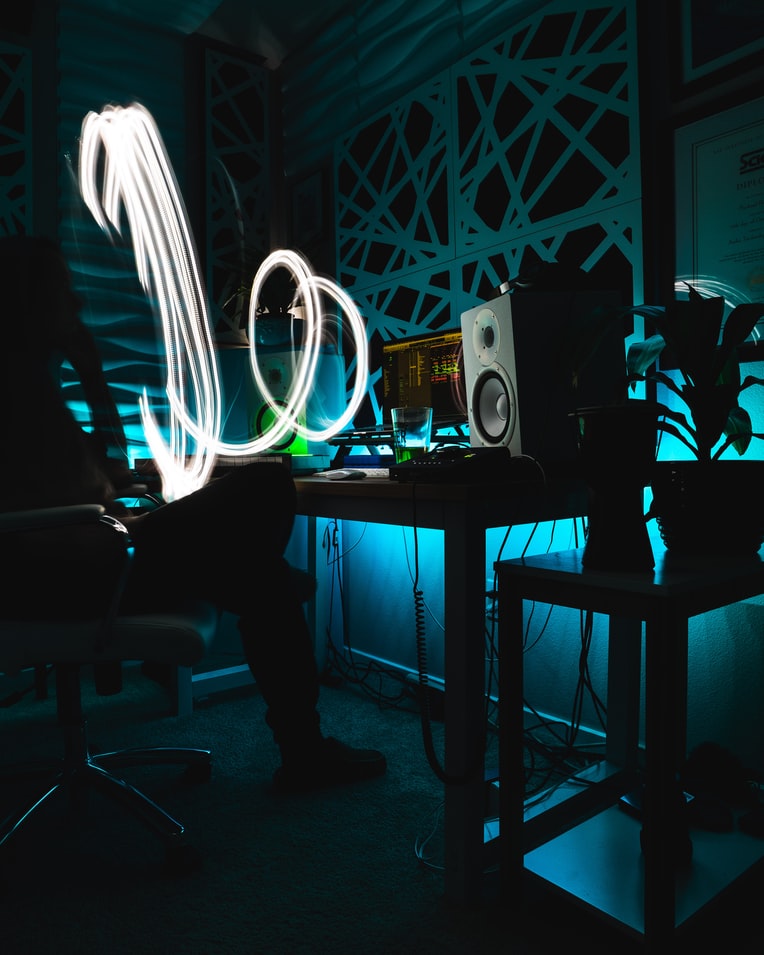Rave culture is transferring to the blockchain
A decentralized party is unlike any other.
The rave culture has always been encrypted in certain respects. When knowledge of unlawful gatherings circulated by word of mouth, all you had to do was know the proper people. New technologies, on the other hand, are adding a new dimension to this. Rumours of a crypto-enabled rave rebirth have been circulating on the dark web and in exclusive members-only forums for the past year, with some referring to these meetings as crypto-raves, more generally, trustless raves are described as the "decentralised anarchic rave scene."
